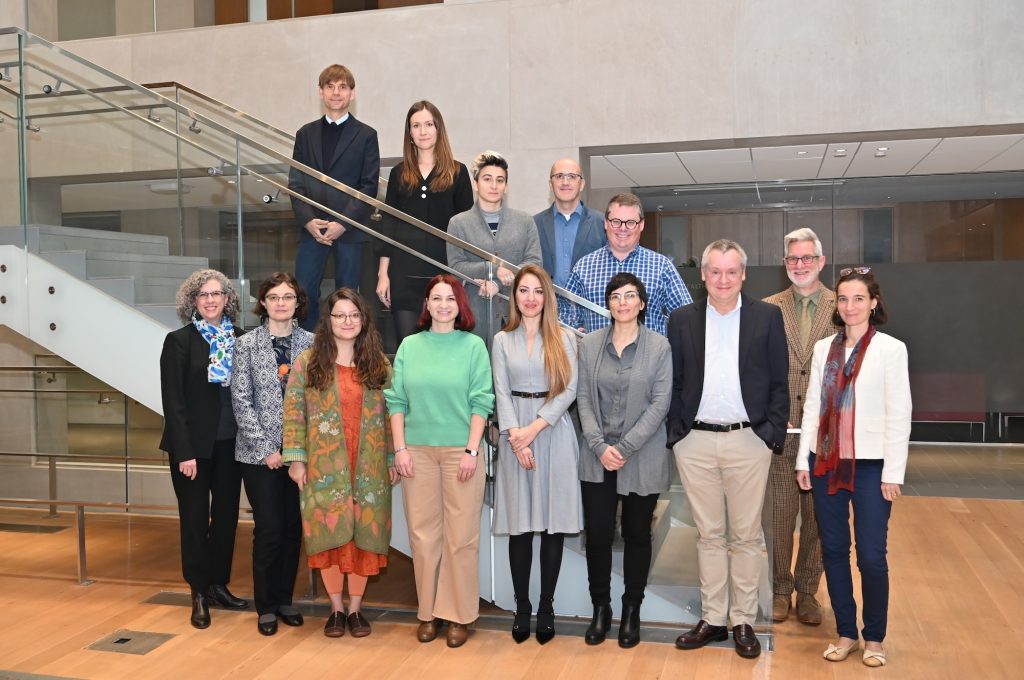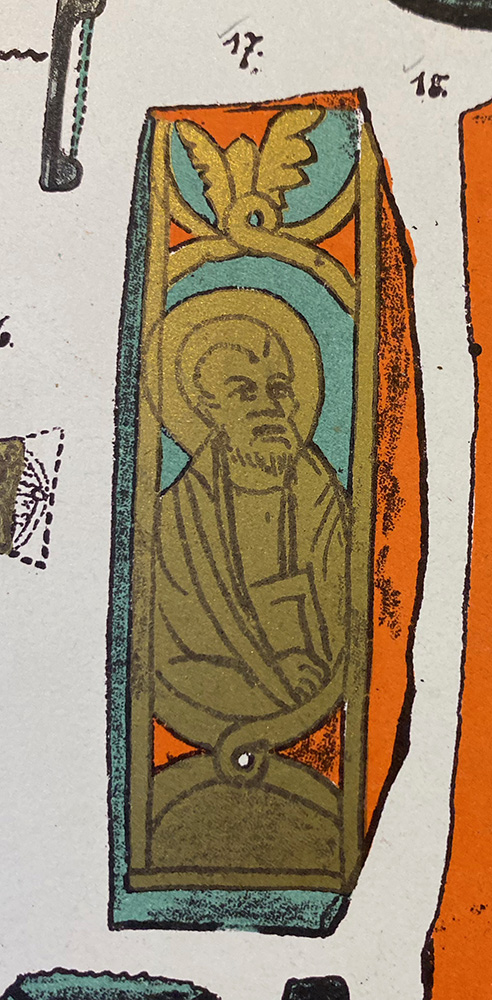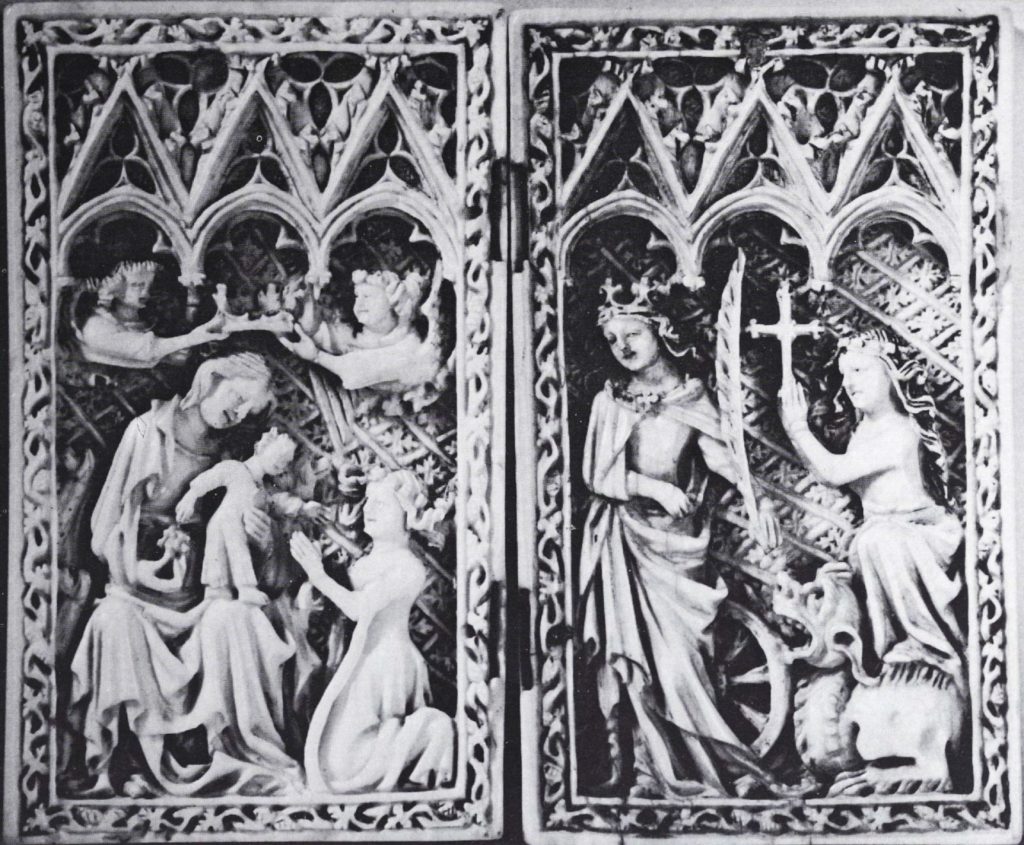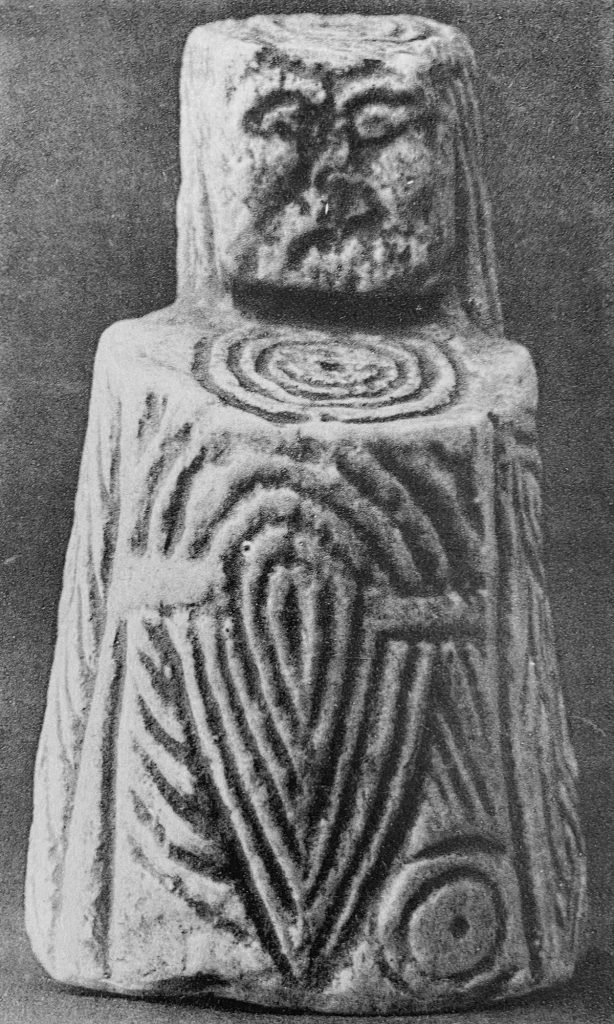


For the second year, the Index of Medieval Art was pleased to offer the Graduate Student Travel Grant in an effort to support a non-Princeton student who wishes to attend the Index conference in person. The recipient this year was Anahit Galstyan, a PhD student in the Department of History of Art and Architecture at the University of California, Santa Barbara, who joined us in Princeton on November 11 and attended the “Whose East?” conference. We are glad to share her thoughts.
“It was an immensely enriching experience, and I found great enjoyment in the proceedings. The presentations were not only intellectually stimulating but also delivered with an engaging flair that made the entire event thoroughly enjoyable. I would like to extend my heartfelt thanks for the generous grant that made my participation in this conference possible. Without such support, this experience would have remained beyond my reach. I think that by facilitating students’ attendance through the Graduate Student Travel Grant, the Index of Medieval Art contributes to the broader dissemination of knowledge and the fostering of academic dialogue.
“I found great merit in the engagement of the meticulously curated selection of participants in exploration and reevaluation of the entrenched dichotomies between East and West, Islam and Christianity. The discussions surrounding cultural interactions within the expansive region of the Eastern Mediterranean and beyond also further contributed to the recent scholarly discourse on questioning the traditional disciplinary predisposition of Byzantine studies to prioritize its metropolitan center, this way contributing to the reshaping of the dominant narratives in our field.
“Given my focus on the culturally and socially diverse medieval city of Ahlat and its funerary architecture, the exploration of intercultural exchanges at the event deeply resonated with my own work, making it not just intellectually engaging but also personally significant. I enjoyed all the presentations, with one of the standouts being Christian Raffensperger’s talk on the classification and categorization of Rus in medieval times. His insights provided a refreshing perspective that challenges established norms in the field. Anthi Andronikou’s presentation on interfaith dynamics between Eastern Christian and Islamicate art was also especially captivating among the various talks.
“I want to particularly highlight Gohar Grigoryan’s presentation, which provided a fascinating glimpse into first-hand accounts, shedding light on the intricate dynamics of Armenian elite self-fashioning in the thirteenth-century geopolitical context. It was particularly noteworthy in challenging the traditional view of a relatively uniform Armenian society during that era. Her paper was not just intellectually engaging but also skillfully presented, prompting me to reflect on my own research on identity creation. Grigoryan’s work emphasized the importance of examining the individuals I study not only in relation to external political dynamics but also in relation to each other, encouraging a more nuanced exploration of subtle expressions of personal identity. Additionally, Erik Thunø’s exploration of South Caucasian cross steles added another dimension to my understanding, urging me to consider similar cultural expressions beyond simple transmission.
“While attending the conference was truly delightful, I was also thrilled to have the opportunity to visit the numismatics collection. Handling and closely examining Byzantine, Cilician Armenian, and Seljuk coins was a highlight for me – an opportunity that I doubt I would have had as a grad student otherwise. Additionally, spending time in the Index was a wonderful experience. Dr. Maria Alessia Rossi and Dr. Henry D. Schilb provided invaluable assistance in navigating both physical and online catalogs to trace some types of funerary objects I study, such as censers and lamps, that are scattered across different collections worldwide. Finally, I am immensely grateful to Professor Pamela Patton for her generous hospitality and to Fiona Barrett for ensuring that I was well-fed throughout my stay.”
And we thank YOU, Anahit, for your thoughtful comments and for sharing your experience with the Index readers!
Anahit Galstyan is a PhD student in the Department of History of Art and Architecture at the University of California, Santa Barbara. Her research focuses on Christian-Islamic interactions in medieval Anatolia as manifested in the transculturation and the transmission of architectural knowledge.
By Henry Schilb, Art History Specialist
Is it lost? Was it destroyed? Did it ever really exist at all?
These are questions that we Indexers have to ponder all too often. We try to be both accurate and thorough in our descriptions of the objects in the database, but sometimes we get stumped. Although we Indexers understand that the database we’re building is an invaluable resource—that’s why we do what we do, after all, and we try to do it well—we also understand that there is room for improvement. The Index is neither complete nor perfect. There are gaps and errors in our data, and we know it.

But here’s the thing. In July 2023 the Index of Medieval Art was very pleased to announce that a paid subscription is no longer required for access to the Index database, a change made possible by a generous grant from the Samuel H. Kress Foundation and the support of the Index’s parent department of Art & Archaeology at Princeton University. And now, to celebrate this change, we want to hear from you! Specifically, we want you to tell us what we’ve got wrong. Now that the Index is open to anyone with access to the internet, you can help us correct a mistake, if you find one, or fill in a lacuna in one of our records. It has always been important that we hear from all who use the Index, especially those who know things that we don’t, so what are you waiting for? You can use our Feedback form, or you can also contact one of the Research Staff directly.
Strange as it may seem, one of the most challenging pieces of information to verify is the present whereabouts of an object. As we catalog our oldest records, we sometimes run across works of art that we simply aren’t able to locate. An object’s location is the type of data that can change over time: things get lost; things get sold; things get stolen. When we just don’t know where something is, we indicate this by giving “Unknown” as the current location. You’ll find hundreds of examples in the Index. When possible we include a “Last Known Location,” the place where an item was last known to exist. A “Last Known Location” can apply to items that we know to have been destroyed, but it also applies frequently to items that are lost or in unidentified, private collections. Although the Index can sometimes discover an object’s current location, that bit of data often eludes us.
So, we’re asking for your help. Here are a few examples:
Can you help us find the piece of gold glass in figure 1? This is the only image we have, an illustration from a nineteenth-century publication. This piece is cataloged as Index system number jkg20200423001, and we have reason to hope that we’ll be able to find this one eventually. You see, a similar piece from the same collection—and illustrated in that same publication—is now in the MFA Boston (MFA accession number 1974.483 and Index system number hds20230131002).

An ivory diptych cataloged as Index system number hds20230620001 presents a similar problem (fig. 2). One wing is now in the Museum Mayer van den Bergh in Antwerp, but the location of the other wing is still unknown. Even the more specialized Gothic Ivories Project at the Courtauld Institute of Art in London lists the location of the left wing as unknown, so it’s not just us. Knowing the location of only one wing of a diptych can be frustrating, but we cling to our hope that we’ll eventually discover the present whereabouts of the other wing.

A more extreme example is cataloged as Index system number hds20230712001, an object formerly in the Rumyantsev Museum, Moscow. All the information we have comes from a nineteenth-century publication [Linas, Charles de, “L’Histoire du Travail a l’Exposition Universelle de 1867,” Revue de l’art chrétien 11 (1867): 344–45]. We have no other leads or clues. We don’t even have a photograph or a drawing to go on! Does it still exist? Is it a phantom? Can you help us find it?
Some of these items may still be in private collections; others may have been destroyed at some point after they were first entered into the Index of Medieval Art card catalog; but others may be sitting in storage in some museum in Oz, or Narnia, or even New Jersey, just waiting for you to point us in their direction. Could that be the case for the little chess piece entered in the database as Index system number hds20230330001 (fig. 3)? Formerly in a private collection in Paris, its current location is unknown to us. Is it in Peoria now? Or Paducah? Or even right here in Princeton? If you know the answers to any of these questions—or if you see other gaps that you might be able to help us fill—please tell us! With your help, piece by piece, we’ll make the Index of Medieval Art as accurate, thorough, and up to date as it possibly can be.